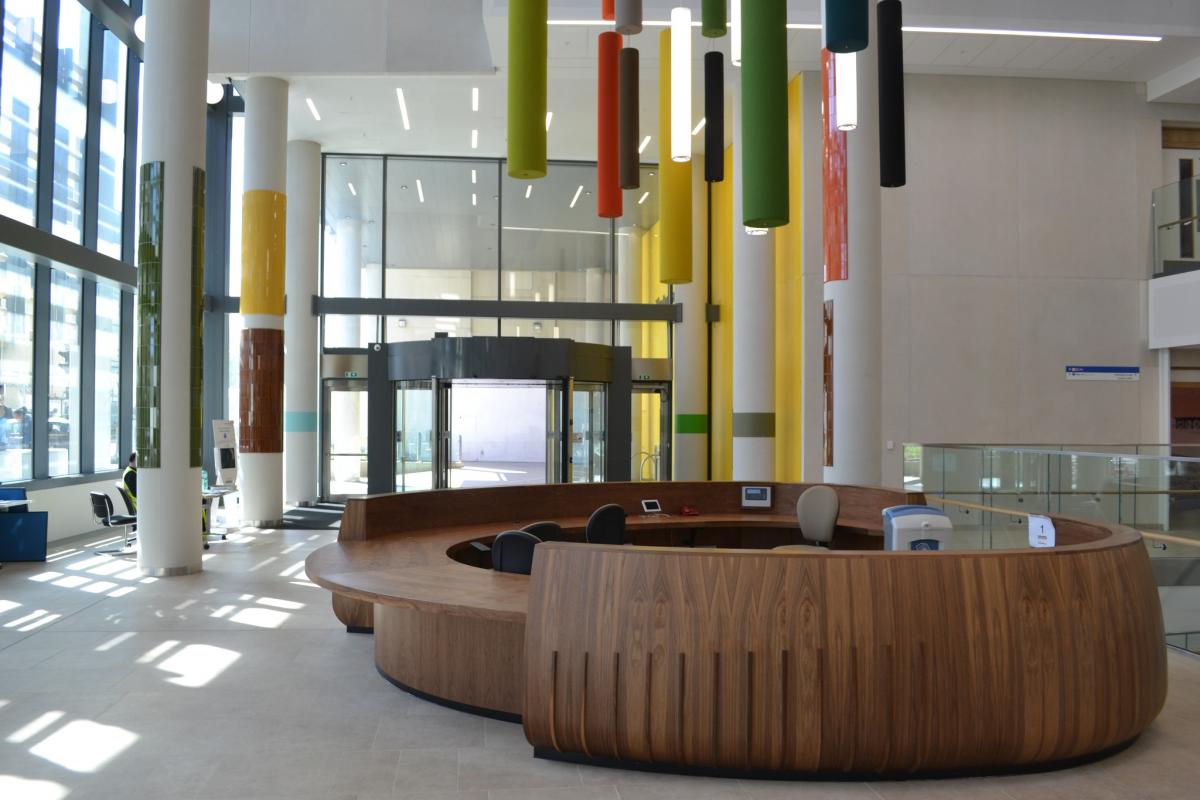Modern facilities and supportive teaching
Anatomy
Our anatomy facilities allow you to put theory into practice through full-body cadaveric dissection. From Year 1, our experienced anatomy teachers will enable you to get a real understanding of the human body in health and disease, through fully interactive, hands-on sessions.
Read more about anatomy >
Simulation
Patient communication and clinical skills are integral to your studies at BSMS. Working with professional actors, our simulation rooms will allow you to practise patient consultations, preparing you to manage complex problems and undertake key clinical examinations in general practice.
Louisa Martindale Building
Opened in 2023, the Louisa Martindale Building is located at the Royal Sussex County Hospital, housing outpatient, ward and specialist services across its 11 floors.
Read more about the building >

Feedback
Our teachers will support you with continuous feedback throughout the course, encouraging you to reflect on your performance and helping you to develop your abilities. As an essential part of your learning, timely, constructive feedback will be provided on a variety of work, from essays and exams, to clinical assessments.
We strongly believe that feedback should be a two-way conversation and we are always very keen to hear from our students too. Whether through student representatives, module evaluations or informal chats, you’re always welcome to speak to us; the door is always open.
Inter-professional education
We are passionate about our students learning with, from and about other professions in recognition of its importance in developing a collaborative practice ready workforce which produces optimal health outcomes. We have close links with nurses, pharmacists, physiotherapists, occupational therapists, podiatrists, social workers and a number of other healthcare professionals who all contribute actively to the teaching and learning of our students.